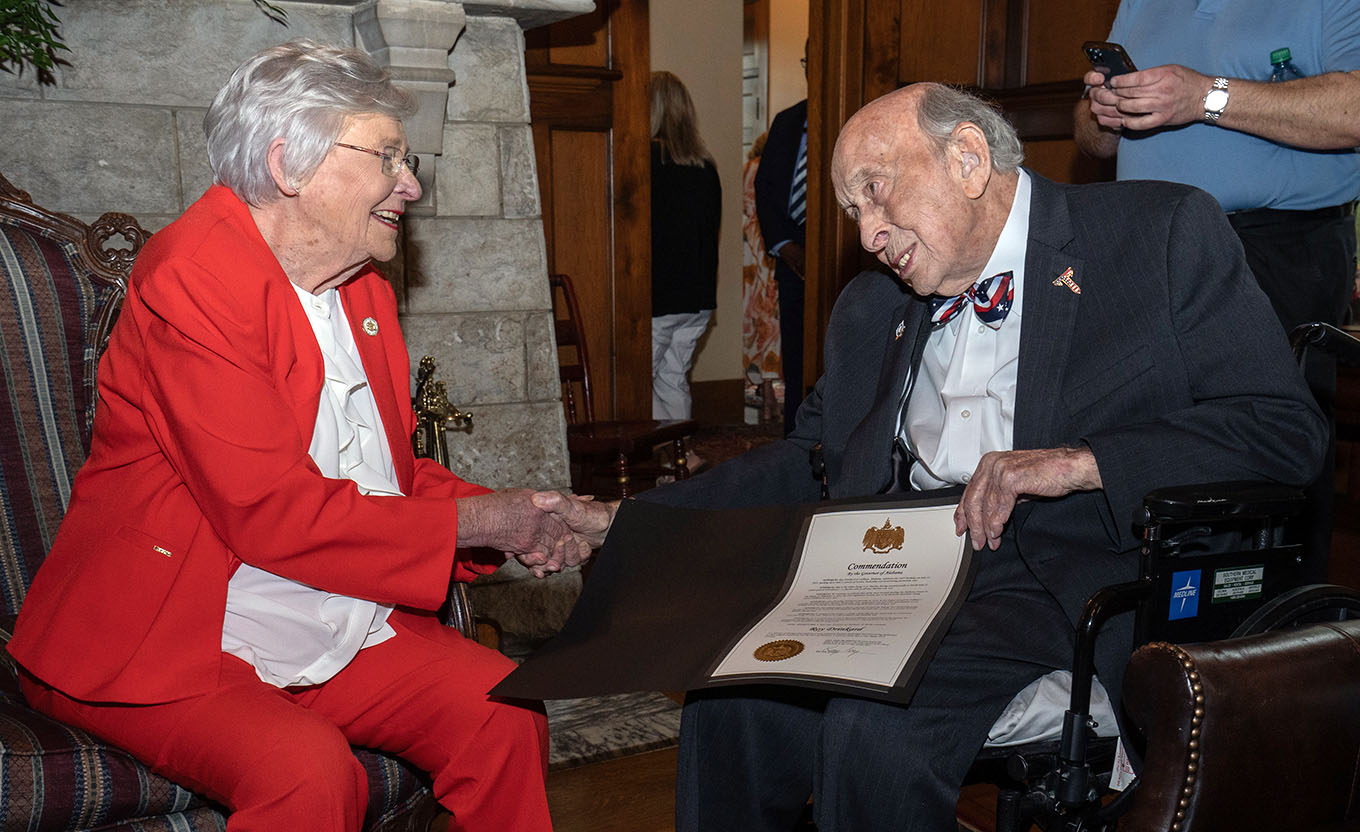Georgia lawmakers want uniform waterway standards
Published 7:30 am Monday, February 22, 2016

- This section of the Satilla River in southeast Georgia shows one side - to the left - that has a what's called wrested vegetation on its bank. Across the river is a sand bar, which lacks vegetation and does not require a buffer. Gordon Rogers, executive director of Flint Riverkeeper, says this amounts to a "mosaic of enforceability."
ATLANTA – When southwest Georgia officials asked the state for permission to flood wetlands and streams to create a lake six years ago, environmental advocates objected.
Didn’t buffers protect these gently flowing waterways, they questioned.
Trending
Advocates got their answer last year when the state’s High Court ruled the streams did not require buffers.
Buffers are typically strips of brush, trees or other plants that grow alongside waterways and provide a number of benefits, such as filtering pollutants and reducing erosion.
Georgia law requires 25-foot swaths, but the court dealt a blow to environmentalists last year when it ruled the measurement of that buffer only starts where flowing waters have pulled away the growth from the bank, creating what’s called “wrested vegetation.”
Where there’s no plant life or water moving fast enough to disturb the shoreline, there’s no buffer requirement – and, advocates say, no protection.
A middle Georgia lawmaker has filed legislation that would change that, even as the state’s Environmental Protection Division says it’s not needed.
Rep. Johnnie Caldwell, R-Thomaston, wants to expand state law to cover all waterways, whether they have brush or not.
Trending
Every riverbank would qualify for buffers, using what’s called the ordinary high-watermark as the starting point for measuring the 25-foot buffer. A range of clues can be used to find that watermark, such as stains, loose debris or – the current standard – wrested vegetation.
Caldwell said the change is needed because the state’s Environmental Protection Division staff “so willy nilly give exceptions and variances.”
He said his bill would create uniformity.
“We all start from the same measurement from the same place,” he said in an interview. “You don’t get to start in one place in north Georgia, someplace else in central Georgia and someplace else in south Georgia.”
But he also said the change would clear up lingering confusion in the wake of last summer’s Supreme Court ruling, that centered around a new 960-acre fishing lake in Grady County near Thomasville.
The project, which is still not complete, required a variance since plans called for building the lake on top of 129 acres of wetlands and nine miles of streams.
The state’s Environmental Protection Division approved the request and later defended the decision, saying the waterways did not need buffers because they lack wrested vegetation.
The court’s ruling backed the state agency, leaving a “mosaic of enforceability,” said Gordon Rogers, executive director of Flint Riverkeeper in Albany.
In an example highlighted this week by the Georgia Water Coalition, a downstream view of the Chattahoochee River in north Georgia’s White County shows a thicket on one side of the river and a sand bar on the other.
But Mary Walker, assistant director of the Environmental Protection Division, said in a statement that the bill would likely not offer more protection to waterways or clear up any confusion.
“The use of a wrested vegetation measuring point is clearer and simpler for everyone,” she said.
The change would, she said, lead to a “significant increase in buffer variance applications,” which would require hiring more staff.
It would also increase costs for landowners and others who pursue development projects in these areas, she said.
But another sponsor on the bill, Rep. Debbie Buckner, D-Junction City, said the proposed new standard is a universally understood concept.
“There’s not a person I know of on the face of the earth who doesn’t stand on the bank and know where the high-watermark is. You can see it,” Buckner said Friday.
The trouble, she said, was putting it into words. The bill creates a broad description with the intention of giving flexibility to the division, she said.
Advocates also argue that – without buffers – property owners downstream are left vulnerable to excess dirt that has washed away from banks.
“We need laws that are predictable – for the developer, for the private property owner, for the advocacy community – so we can just stay out of court,” Rogers said.
With lawmakers more than halfway into the session, the bill faces a tight schedule and a legislative body that is wary of anything remotely controversial in an election year.
Even so, Rep. Lynn Smith, R-Newman, who chairs the House Natural Resources and Environment Committee, said Thursday that she plans to hold hearings this week.
“I am always open and fair with people who come before my committee,” she said.
Jill Nolin covers the Georgia Statehouse for CNHI’s newspapers and websites. Reach her at jnolin@cnhi.com.





